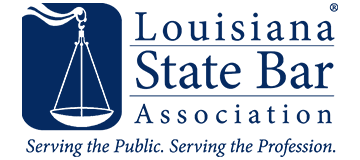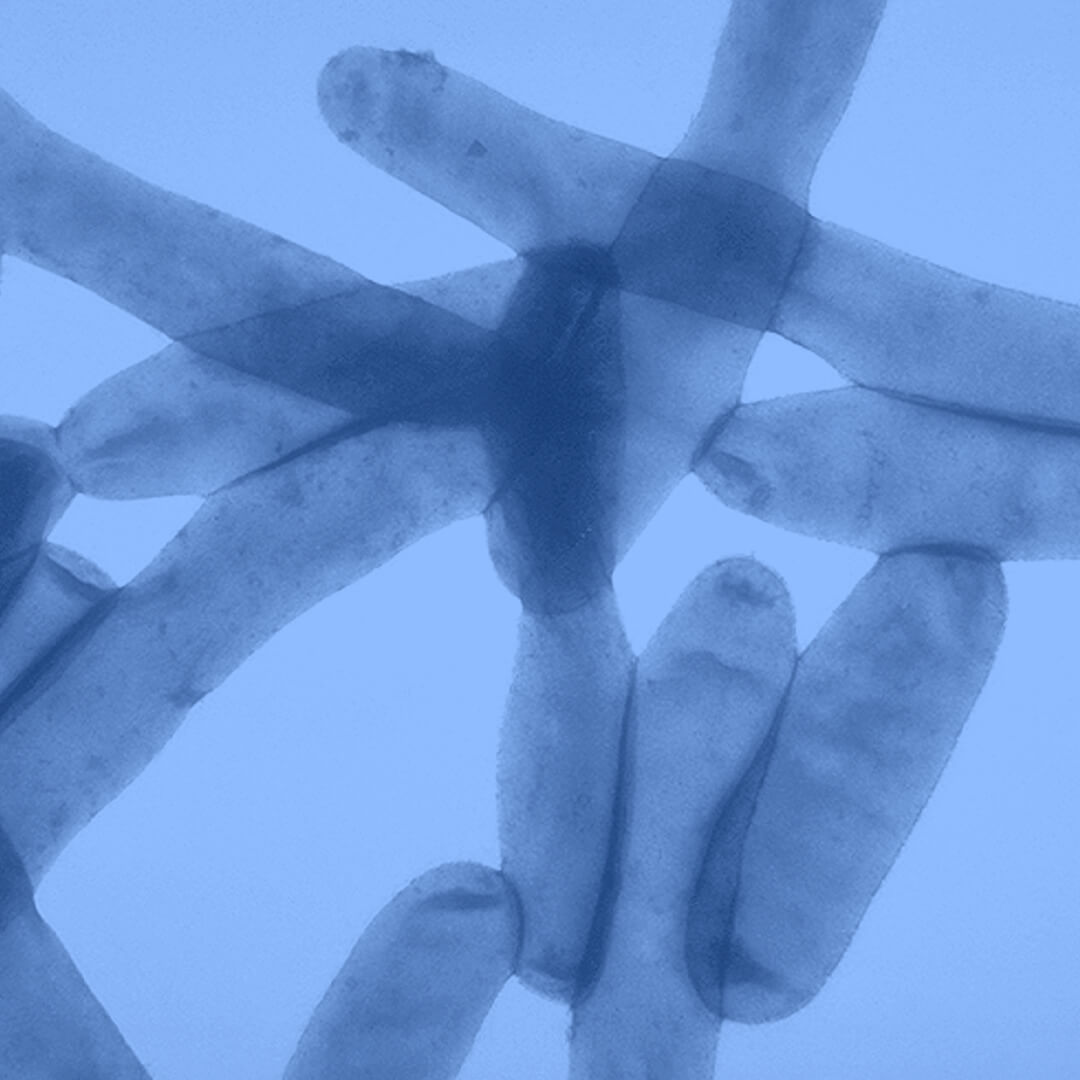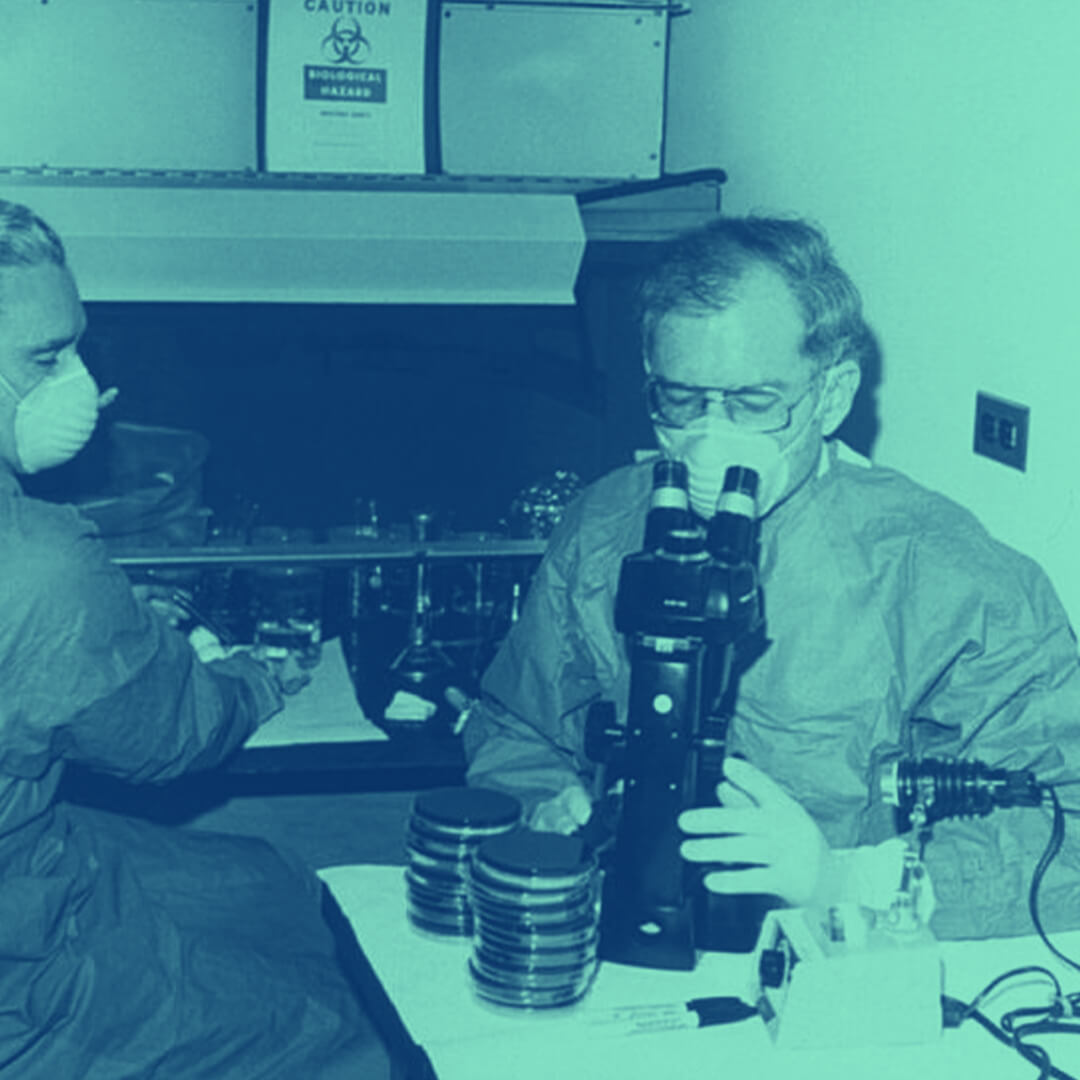In 1976, America was celebrating the bicentennial of its separation from Great Britain, and 200 years as a free and independent nation. In Philadelphia, about 4000 members of the Pennsylvania State American Legion, an organization of World War II military veterans, were gathered together with their friends and families, to participate in the Legion’s 58th annual convention. From July 21st to the 24th, more than 600 Legionnaires’ were staying at the Bellevue-Stratford Hotel, considered one of the best lodgings in the city and a frequent convention site. But, ironically, instead of the commemoration being one of great joy and fellowship, the event would actually go down as one of the worst medical tragedies of the 20th century.
The cause of the outbreak was ultimately theorized to be from the Bellevue-Stratford Hotel’s air conditioning cooling units. But remember at this time there was no “Legionnaires’ Disease” in the medical literature, and medical investigators were baffled by over 200 victims of what appeared to be severe cold symptoms. The investigators continued to be frustrated when a total of 29 American Legion members died.














